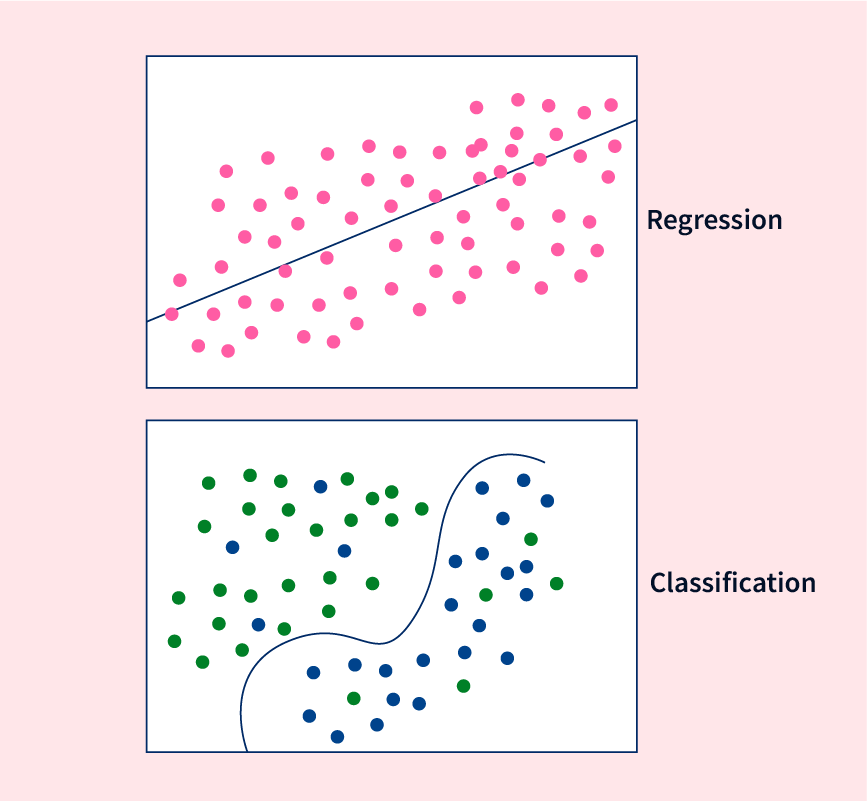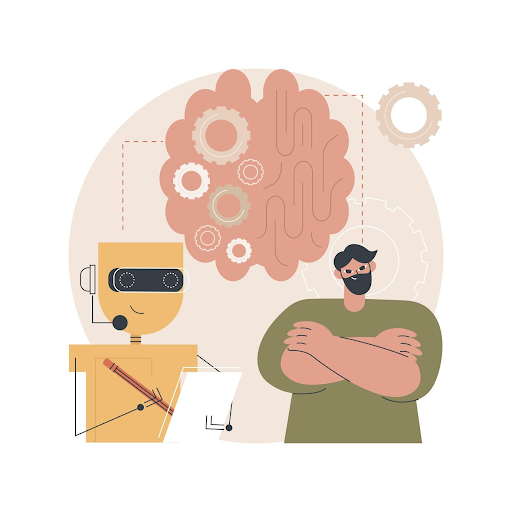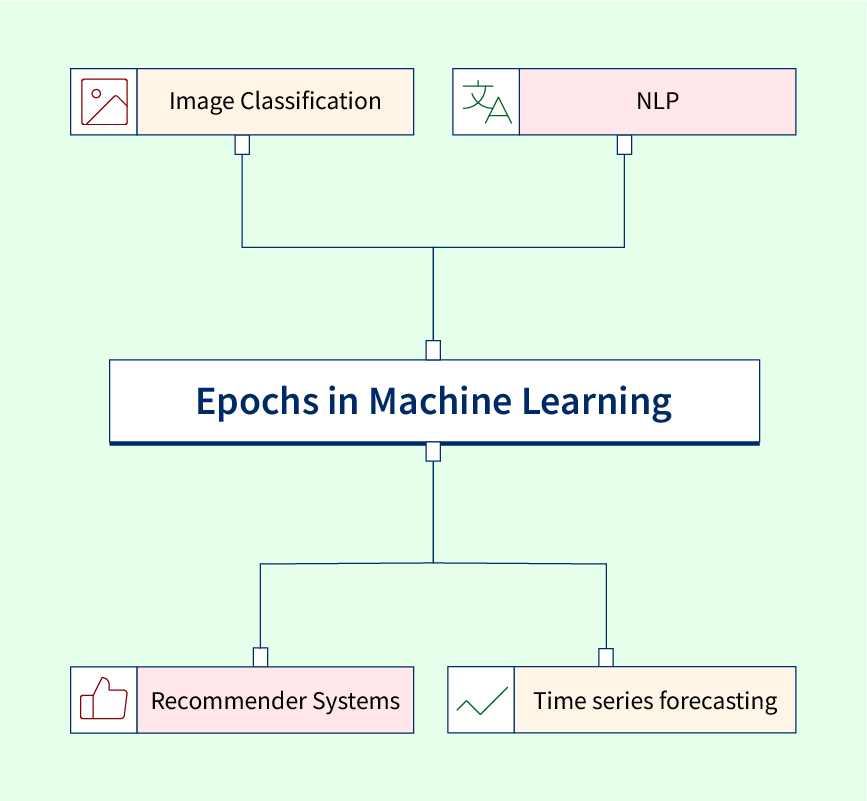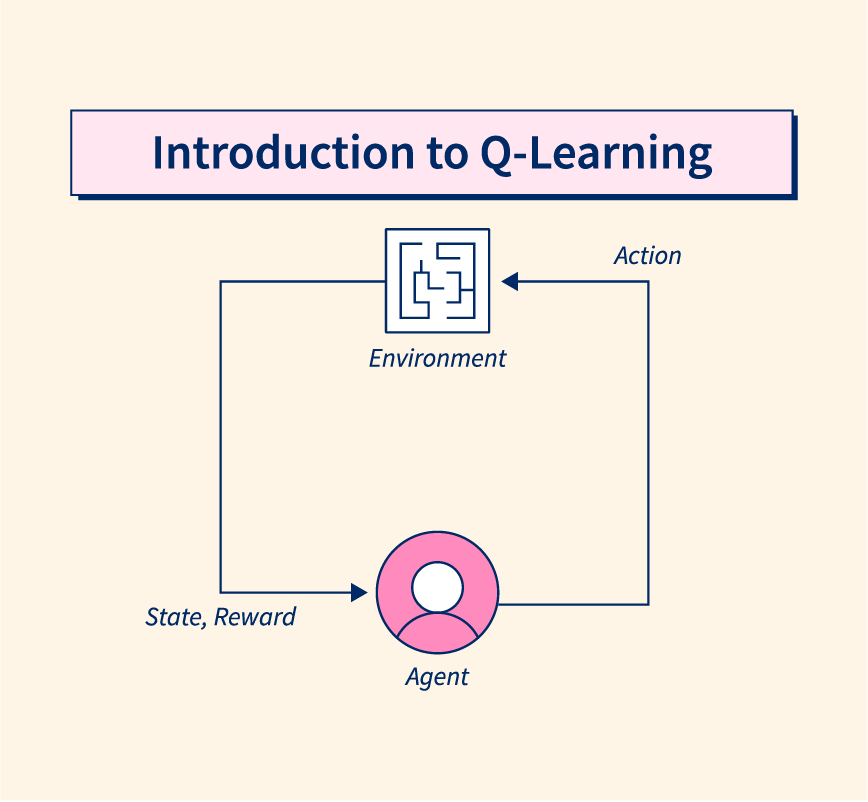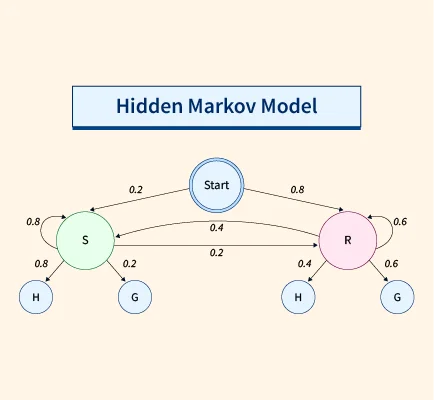Top 9 Machine Learning Classification Algorithms
Classification is one of the core tasks in machine learning, enabling models to predict discrete outcomes based on input data. This supervised learning technique assigns data points to predefined categories or classes. Classification algorithms power many of the automated systems we use daily, from email spam filters to fraud detection systems in banking. The importance ...



